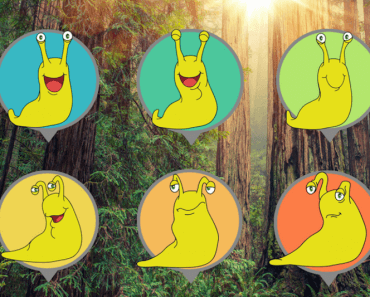Sometimes the best way to motivate people is through a little bit of friendly competition.
The University of California Santa Cruz (UCSC) is preparing to install touch-screen monitors on dorm buildings that alert students, faculty and staff about how much solid waste they are producing, while encouraging dorms to compete.
The screens will feature a leaderboard that ranks each dorm from best to worst on the amount of waste each produces.
By turning it into a competition, the designers expect this new, interactive approach to change the wasteful habits of the people living and working on campus.
UCSC contracted Hello World Labs, a creative technology company specializing in environmental data, to develop this project.
Motivation for the project
UCSC has already made a name for itself in zero waste innovation.
Each campus garbage truck is equipped with industrial Loadman scales that can weigh each individual bin of garbage. The bins are geographically tagged, so each specific bin’s weight can be sent to a computer in real time.
Although the information is valuable, the data is essentially “trapped in a spreadsheet,” the Hello World Labs designers wrote in a report.
“They wanted to get the data that the trucks were collecting online in real time, in a way that looked nice, and would push the students to make less waste,” said Katie Patrick, founder of Hello World Labs.
It is easy for someone to ignore where their waste goes after they put it in a trash can. Screens on the doorways to residence halls will make it difficult for people on campus to just “forget about it.”
“Our premise was that without freely available performance feedback, dorm residents (and later the whole campus community) would not be able to sense how their actions affect diversion of solid waste from the landfill,” said Roger Edberg, senior superintendent of Grounds Services at UCSC.
“Our hope is that with this information presented in their immediate living space, they will become more conscious of the opportunity to source separate divertable (recycling, compost) streams from the landfill stream and take action to improve performance.”
The design
The designers proposed a screen to be installed in the doorway of each of the university’s dorms because it takes advantage of the power of “ambient messaging.” Everyone can see and absorb the information on dorm waste without having to look at a smartphone, email or paper report.

In addition to numeric ranking, each building will be ranked by color on a scale from red to green.
The designers also added an emotive banana slug, UCSC’s mascot, to display happy and sad emotions.
“I used the social comparison design of ranking the dorms to create a sense of competition, a color grade to nudge the carrot-stick, and the emotive banana slugs to create an emotional connection with the content,” said Patrick.
Lastly, the screen design will present tips to passersby and offer an opportunity for people to sign up for a free email course on how to limit their waste.
What’s next?
As of now, the university has only one functioning prototype, but there are plans to implement more.
Members of the UCSC Sustainability Office are working to pass the technology by Americans With Disabilities Act (ADA) accessibility guidelines, said Edberg.
But, when installed, the project is expected to have a large impact.
“Behavior change alone could remove 20-25 percent (by weight) of what is going to the landfill,” said Edberg. “We know from waste characterization analysis that 20-25 percent of material going to the landfill is recyclable using collection streams we already have in place; it is simply a matter of making the choice when discarding materials.”
“We hope this display will help the campus community understand that and improve source separation,” he continued.



